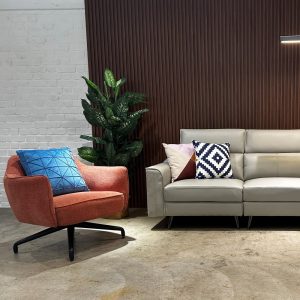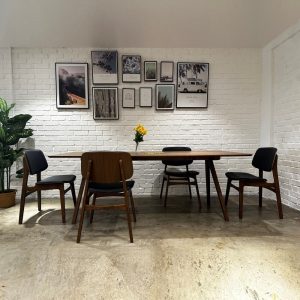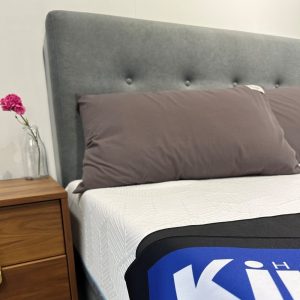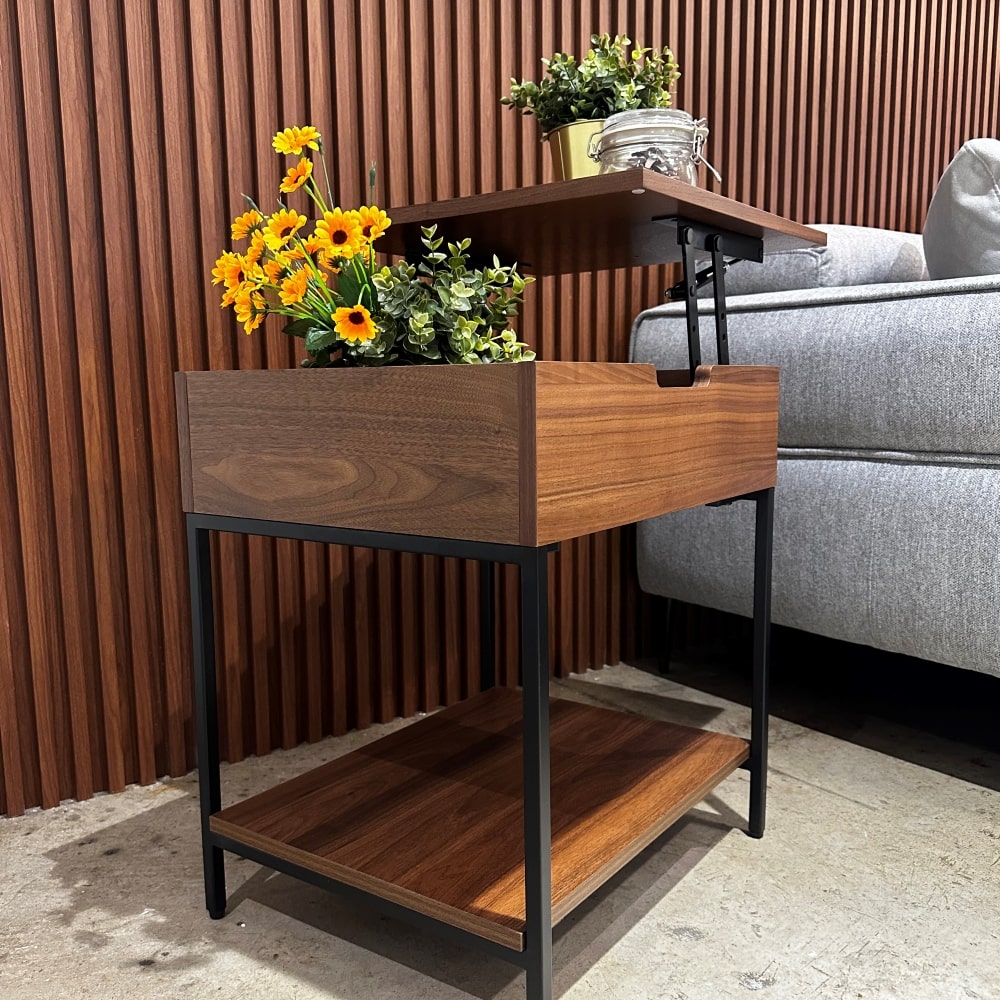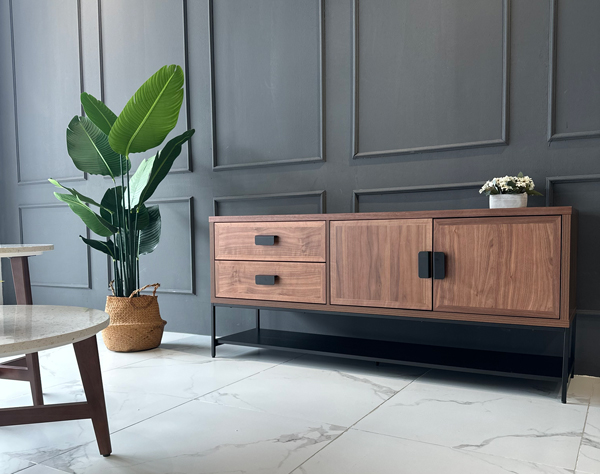Decorating a minimalist interior with furniture involves and arranging pieces that contribute to a clean, uncluttered, and serene aesthetic.
Here are some tips to help you achieve a well-balanced and stylish minimalist look:
1. Start with a Clear Vision
Define the style and color palette you want for your minimalist interior. Keep it simple, focusing on neutral tones and clean lines.
2. Declutter
Before adding furniture, declutter your space to create a clean canvas. Remove unnecessary items and keep only what truly adds value to the room.
3. Choose Functional Pieces
Option for furniture that serves a purpose and has clean, uncomplicated designs. Look for pieces that are versatile and can fit well in various settings.
4. Select Neutral Colors
Stick to a neutral color palette, including whites, grays, blacks, and muted tones. These colors promote a sense of calm and harmony.
5. Simplify Shapes
Furniture with simple, geometric shapes works best in a minimalist interior. Avoid ornate detailing or excessive embellishments.
6. Focus on Quality
Invest in high-quality furniture that will stand the test of time. Minimalist interiors often highlight the beauty of well-crafted pieces.
7. Balance Scale and Proportion
Ensure that the size of your furniture is appropriate for the space. Avoid overcrowding or choosing pieces that are too large for the room.
8. Create Open Space
Allow for ample open space between furniture pieces. This helps the room feel more spacious and uncluttered.
9. Use Multi-Functional Furniture
Consider furniture that can serve multiple purposes, such as storage ottomans or sofa beds, to maximize functionality without sacrificing space.
10. Limit Decorative Items
Choose a few carefully curated decorative items that align with the minimalist aesthetic. These items should enhance the overall look rather than clutter it.
11. Consider Negative Space
Negative space is essential in minimalist design. Leave empty spaces on walls and around furniture to create a sense of balance and calm.
12. Pay Attention to Texture
While keeping the color palette simple, introduce visual interest through textures. Choose furniture with different materials like wood, metal, glass, or leather.
13. Organize Cables
To maintain the clean look, hide or manage cables and cords from electronic devices.
14. Furniture Placement
Arrange furniture thoughtfully, focusing on functionality and flow. Place furniture in a way that promotes ease of movement and comfortable usage.
15. Let in Natural Light
Maximize natural light to enhance the minimalist feel. Avoid heavy curtains or window treatments that can obstruct light.
16. Artwork:
If you choose to include artwork, select pieces that resonate with the minimalist style. Consider simple, abstract, or monochromatic pieces.
The key to successful minimalist interior design is to maintain a sense of simplicity and balance. Each piece of furniture should contribute to the overall aesthetic while allowing the space to breathe and radiate tranquility.



